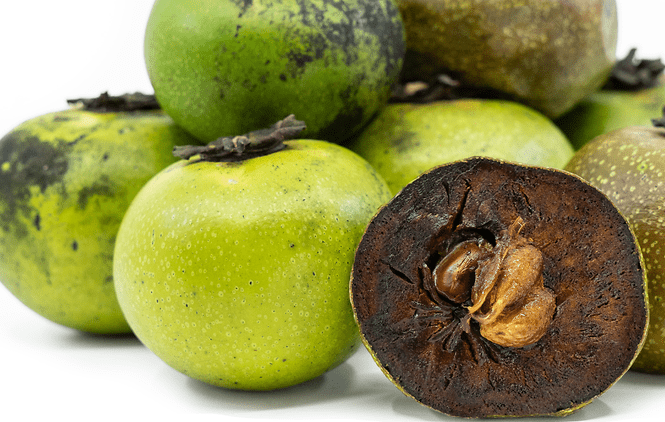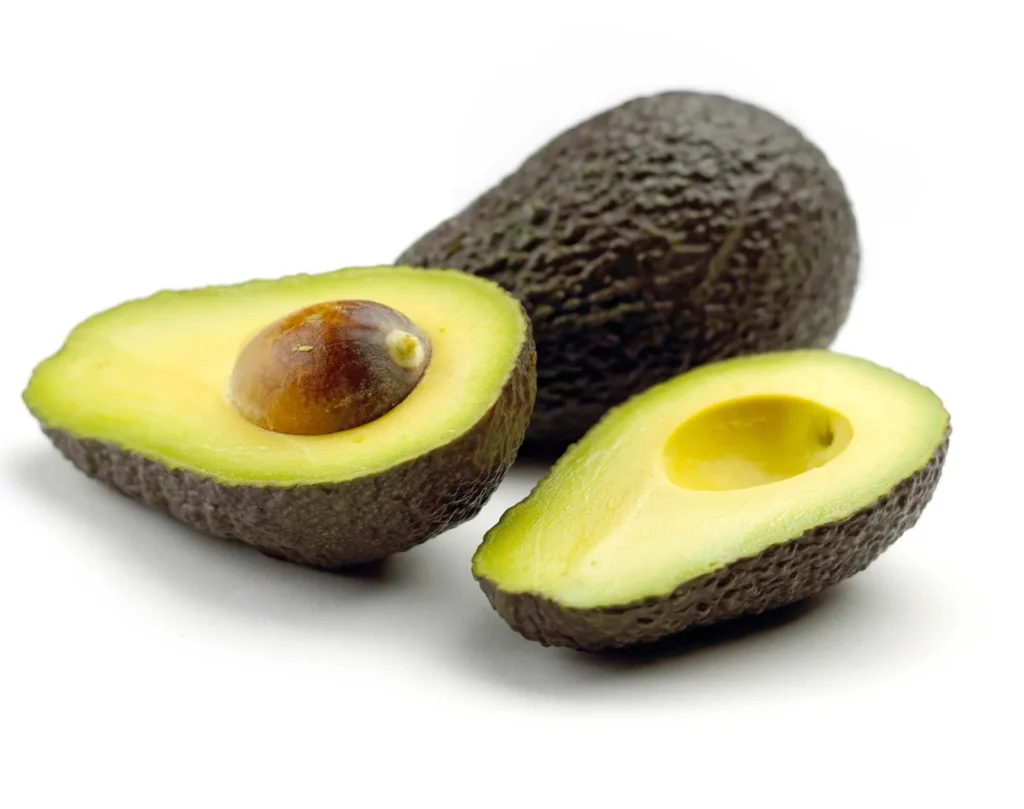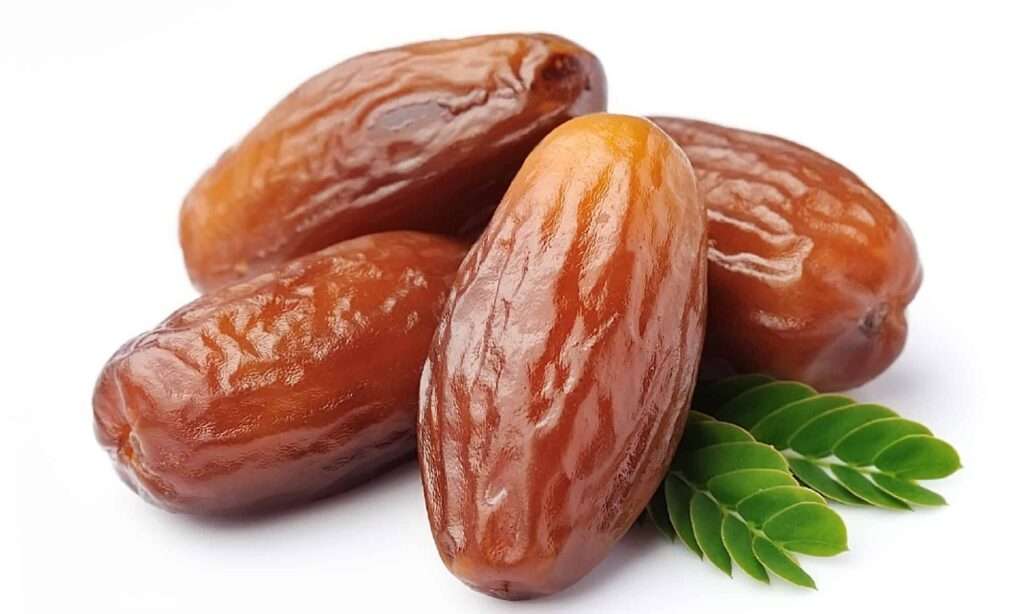
Description
A type of persimmon, the black sapote is also referred to as the chocolate pudding fruit, black soapapple and zapote prieto. There is no actual black in the black sapote. The fruit has an orange pulp when young and is a vibrant green colour. The black sapote ripens into a very delicate fruit that either turns dark olive green or cocoa brown. Even though it may appear to be entirely rotting, it is actually perfectly ripe at this point.
Varieties
From mid-November through January, the ‘Merida’ tree yields highly sweet fruit that ranges in size from 2 1/2 to 4 inches. This is a very popular cultivar, and certain garden centers might only carry it.
‘Mossman’ produces huge, seed-free fruit.
The fruit in “cocktail” is renowned for having outstanding flavor.
‘Maher’ has huge, high-quality fruit.
‘Superb’ produces petite, almost seedless fruits.

Uses
The black sapote tastes great when eaten straight from the fruit, but it also works well in various sweets thanks to its smooth texture and mild flavor. It can frequently take the place of bananas in baked dishes, such as banana bread. It also freezes well, producing a sorbet with a rich, complex flavor. Pies, ice cream, cakes, shakes, and many other dishes can be made with it.
Nutrition
Nutrition
142 calories, 0.8 g of fat, 2.6 g of protein, 34 g of carbohydrate, 22 mg of vitamin C, 360 mg of potassium, and 420 IU of vitamin A are all found in one cup of black sapote.
Cultivation
Although they can grow in a variety of soil conditions, black sapote trees prefer moist sandy loam and may withstand brief flooding. For the first three to four years, the tree grows quite slowly, maybe gaining only 30 cm each year.
Table





